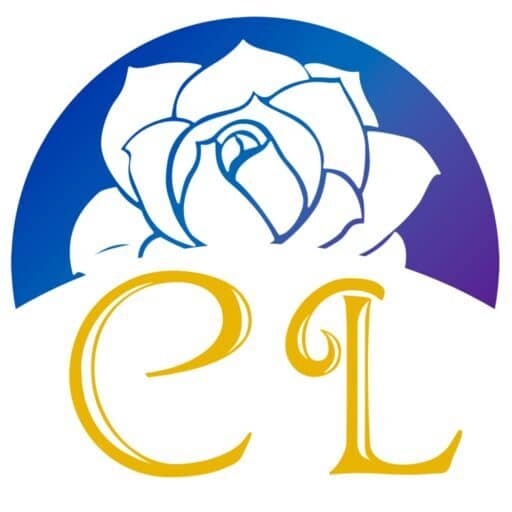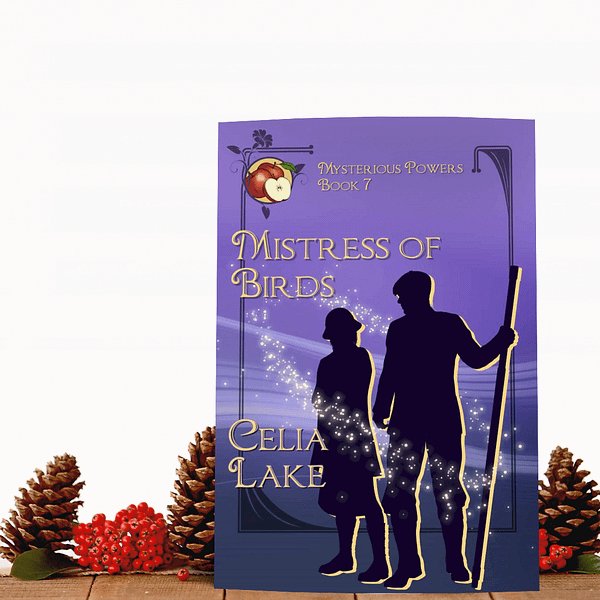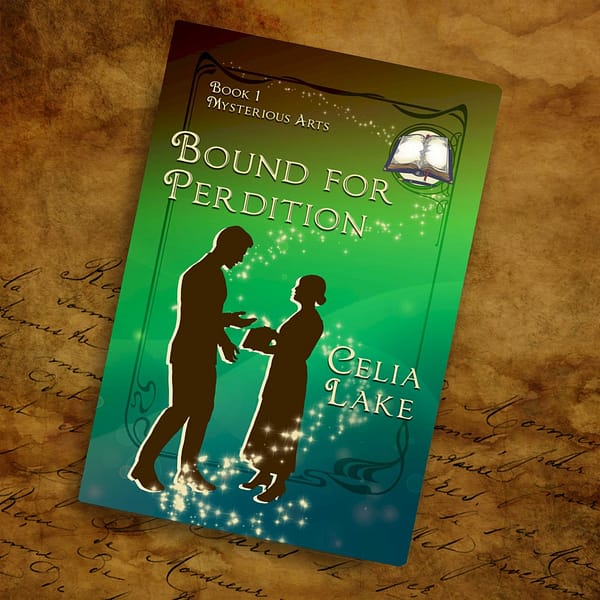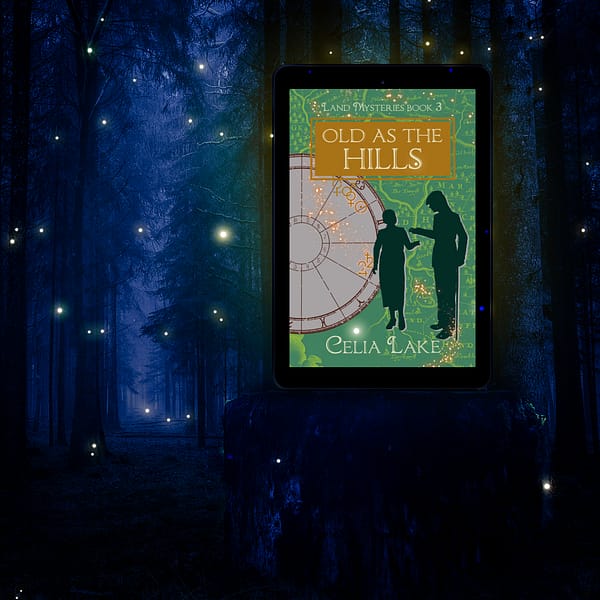Fool’s Gold has a slightly different origin than many of my story ideas. Kiya (my friend and editor) had been talking to a friend of theirs who loves a disaster elf. Kiya told me about that. And then promptly said I should do something more with Robin, I hadn’t done a villain redeemed book yet. Which, to be fair, is exactly what Robin is made for. Villain redeemed Robin turns up in two earlier books. He appears briefly in Wards of the Roses, wanting to get more involved with the research that begins at the end of that book. Kate isn’t at all sure what she thinks of him, and Kate has good instincts. Here’s how she describes him then: Kate paused, then cleared her throat. “He did the thing where a man reaches to kiss your hand, a little click of his heels, the precise angle of the bow, and the – gleam in his eye. Not the sort who’d push you into a convenient dark corner for his own pleasure, but the sort who uses his charm to get what he wants.” And of course, if you’ve read Seven Sisters, Robin has definitely been up to no good, and with some potentially dangerous results. He’s so bent on what he’s searching for that he doesn’t see anything else, or doesn’t think about the consequences. The question with Fool’s Gold was how to write a story where he could be an engaging protagonist and have a romance that was satisfying.



